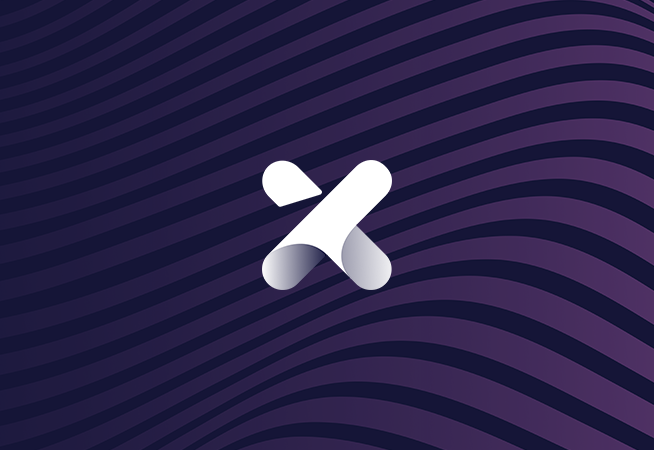31 August 2022
5 Min Read

Amazon Prime. NetFlix. DoorDash. Uber. All these companies deliver seamless services when and where people want them—in other words, in the “moment of need.” This near-instantaneous level of service has become much more than just a business or marketing advantage—it’s become a cultural imperative.
Today everyone expects the same level of personalized, responsive service with everything they do—including their learning experiences. Fulfilling the need for smarter learning technology in business setting, however, is often considered “easier said than done.” That’s where learning experience platforms (LXPs) enter the picture.
LXPs are considered the most exciting development in employee learning—and, as a result, are on a fast track to greater popularity among corporations, extended enterprises, and franchise businesses in the next decade. Interest in and demand for LXPs accelerated in 2019, according to Gartner. The LXP market in 2020 was approximately over $508.5 million. The market is expected to surge at a CAGR of 25.3% according to the recent research report.
LXPs are different from learning management systems (LMS.) While an LMS focuses on course administration, learner assessment, and tracking learners’ activities with reports, the purpose of an LXP is to deliver the components of a personalized learner experience through social, collaborative, mobile, and microlearning tools. The systems often utilize machine learning to assess employees’ skills and recommend content.
LXPs are a front-end layer that typically resides on top of an LMS. They integrate with existing internal and external “trusted sources” of knowledge and learning, including LMS and corporate HR systems to present learners with a holistic learning experience. An LXP puts learners at the center of their own professional education experience by tailoring suggestions to their preferences and personalizing all aspects of learning. They also enable L&D teams to be leaner, more agile, and more strategic.
But what if you want both LMS and LXP capabilities in one platform? This is a great question and an ideal goal. One option is to overlay LXP functionality on top of an LMS. This isn’t ideal, however, because there is a fundamental lack of integration between the applications, which means that employees must log into two systems to access the functionality—an outcome they won’t appreciate.
Schoox Delivers Built In LXP Tools
An ideal learning system should deliver the best of both worlds—both administering the L&D program and creating exceptional experiences for learners. Schoox brings the two sides of learning and development together in one platform, thereby, creating a single seamless user experience.
Here’s a quick look at the capabilities of each and the result from the perfect union of the two.
| LMS | LXP | Schoox |
| Formal learning | Informal learning | Employees can participate in required training and compliance and also create their own learning paths by exploring open-source content such as TED Talks, YouTube videos, and MOOCs. |
| `Macro learning | Micro learning | Employees gain access to content when and where they need it, including short lessons that are both experiential and immediate. |
| Admin driven | Employee driven | In addition to required learning content, workers can share new content or create new learning resources.. |
| Compliance focused | Impact focused | Employees get both the required compliance training and the opportunity to become active participants in their learning journeys—thereby fostering a culture of continuous learning. |
| Assigned training | Skills discovery and development | Along with manager-assigned courses, employees get free-range access to content linked to their interests and skills they want to develop. |
| Synchronous and asynchronous learning | Social learning | Along with learning from individual and group training lessons, workers can engage in an open exchange of learning, sharing both user-generated and user-discovered content. |
| Manager assessment | Self-assessment | Employees gain both manager feedback and the ability to assess their own learning journey. |
| Blended learning | Mobile learning | Learning content can be delivered both online and offline, and be accessed anytime, anywhere, on any device, including mobile. |
Organizations that have already deployed a blended LMS-LXP system are able to easily execute effective employee learning programs that are more experiential and immediate, and that target content for delivery when and where it’s needed.
These dual-focused learning applications are checking all the boxes of a modern employer learning program—including social, collaborative, mobile, and microlearning. Checkers & Rally’s is a perfect example.
Checkers & Rally’s Fun, Engaging, and Mobile Microlearning
Checkers & Rally’s learned that teaching the tricks of the trade to its 11,000-strong team members doesn’t always require long lessons. Instead, to learn how to “serve up the perfect fry,” for example, workers simply watch a fun, short video demo on their phones or one of each store’s two iPads. Then they immediately put the new knowledge to work during their shifts. This has made learning more immediate and experiential—and, as a result, more effective.
The “short video blasts are incredibly popular with our staff,” said Krishawna Henderson, the QSR’s Director of Diversity & Learning Development and manager of its innovative “Crazy Good Learning” program. “The number of employees logging onto the learning platform has doubled year over year, and team members are eager to put into practice what they’ve just learned.”
Learn more about Checkers & Rally’s success and the power of Schoox to support learning programs for front-line workers in our new report, Real-world Learning for Frontline Workers: Top 5 Learning & Development Must-haves for Employees Working on the Go.
RELATED RESOURCES



